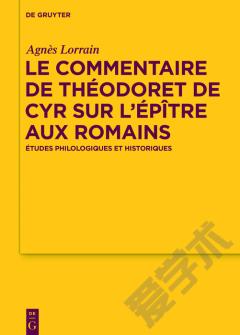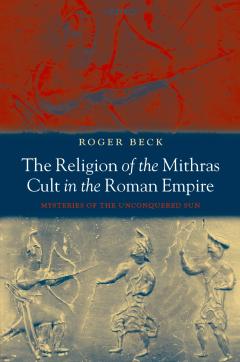The Mind of Mithraists —— Historical and Cognitive Studies in the Roman Cult of Mithras
----- 密特拉教信徒的心灵:密特拉罗马文化的历史与认知研究
The Roman cult of Mithras was the most widely-dispersed and densely-distributed cult throughout the expanse of the Roman Empire from the end of the first until the fourth century AD, rivaling the early growth and development of Christianity during the same period. As its membership was largely drawn from the ranks of the military, its spread, but not its popularity is attributable largely to military deployments and re-deployments. Although mithraists left behind no written archival evidence, there is an abundance of iconographic finds. The only characteristic common to all Mithraic temples were the fundamental architecture of their design, and the cult image of Mithras slaying a bull. How were these two features so faithfully transmitted through the Empire by a non-centralized, non-hierarchical religious movement? The Minds of Mithraists: Historical and Cognitive Studies in the Roman Cult of Mithras addresses these questions as well as the relationship of Mithraism to Christianity, explanations of the significance of the tauroctony and of the rituals enacted in the mithraea, and explanations for the spread of Mithraism (and for its resistance in a few places).The unifying theme throughout is an investigation of the 'mind' of those engaged in the cult practices of this widespread ancient religion. These investigations represent traditional historical methods as well as more recent studies employing the insights of the cognitive sciences, demonstrating that cognitive historiography is a valuable methodological tool.
{{comment.content}}








 京公网安备 11010802027623号
京公网安备 11010802027623号